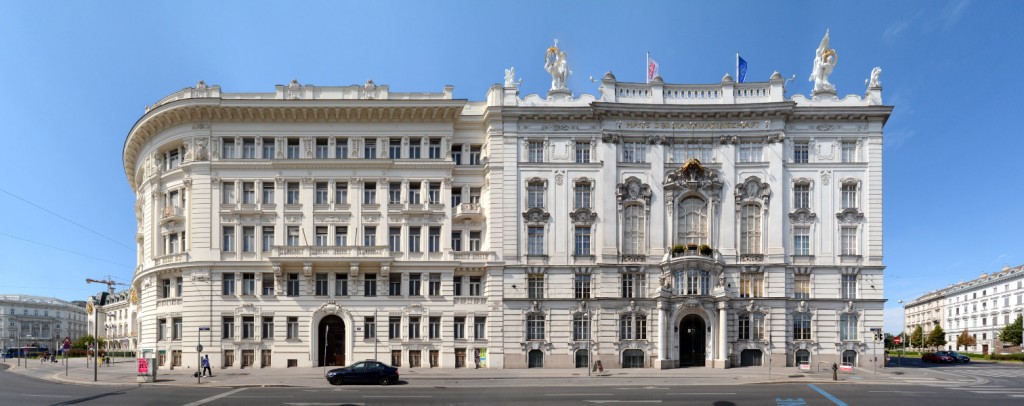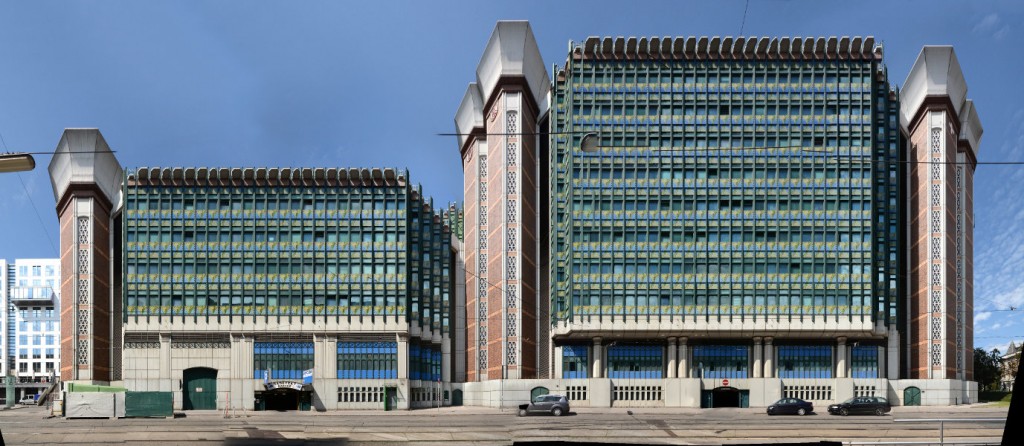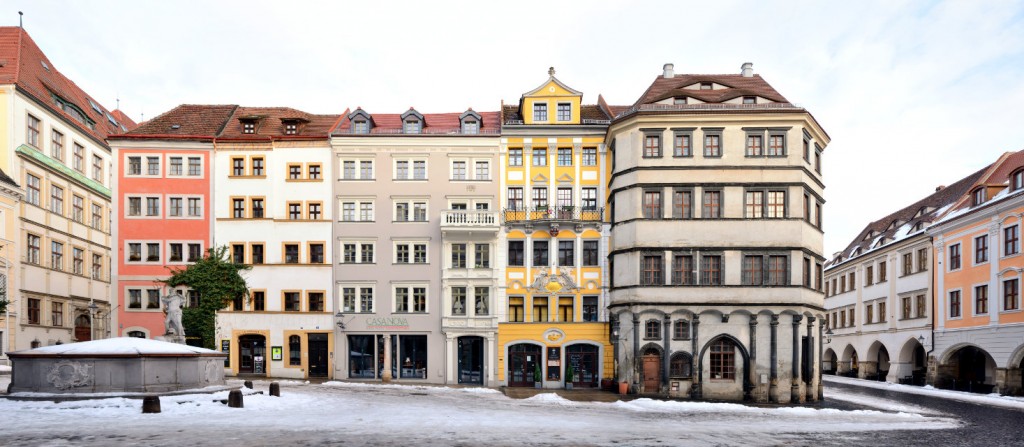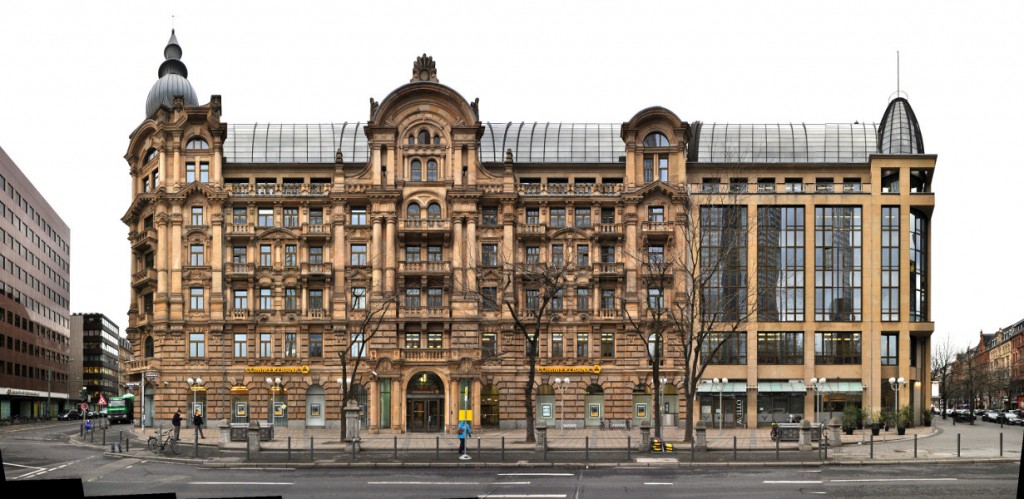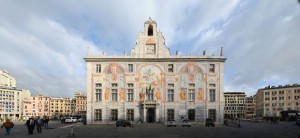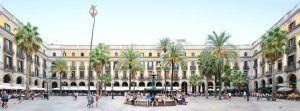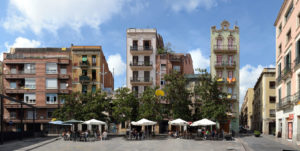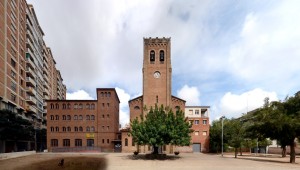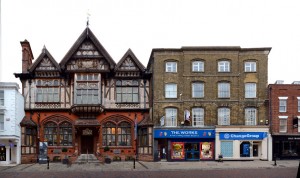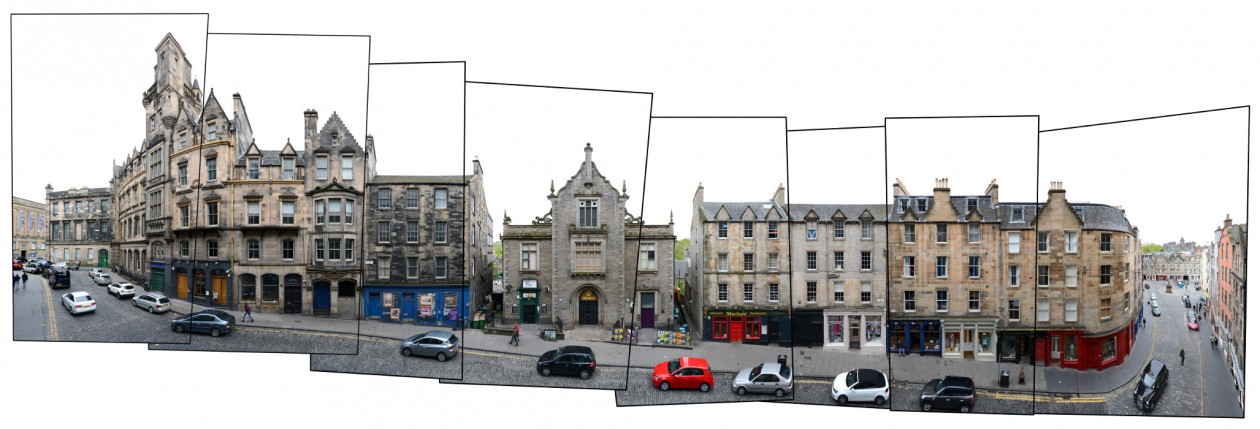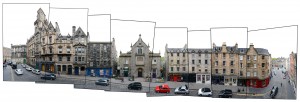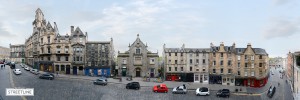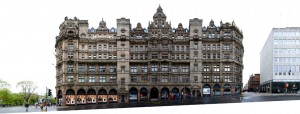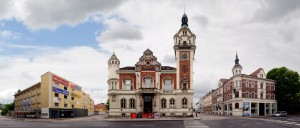Vienna [german: Wien; hungarian: Bécs; latin: Vindobona], first known settlement as Vedunia by the Celts, but earlier settlements existed. Vienna lies ca. in the middle between Prague (250 km to the nortwest) and Budapest (220 km to the southeast) only about 50 km west of the slovak capital Bratislava. It is the largest city of Austria and the 12th largest city in Europe.
Population: 1.840.000 [2016] | 1.540.000 [1991] | 1.936.000 [1934] | 1.769.000 [1900]
The historic centre of Vienna is one large UNESCO world heritage site. It developed mostly between the end of the osman siege of Vienna in 1683 and WWI and is shaped by the architectural ensembles in baroque, neo-classical and Art Nouveau style of the Habsburg Empire. Following its celtic roots Vienna was a roman castrum and city called Vindobona for four centuries. It first rose to prominence when the Babenberger family moved its residence to the then minor city in the 12th century. Its real height of power however came with the Habsburg family in the 15th century. They made it the capital of the Habsburg Empire and the Holy Roman Empire, withstood two osman sieges and created the Austro-Hungarian Empire after the congress of Vienna in 1815. The city became a world centre for music, arts and science in the 19th century (Mozart, Beethoven, Klimt, Freud etc.). Today Vienna is regarded a global city and home to several international organisations like the OPEC, the IAEO, the OSZE and of course, one of the home cities of the UNO. In Europe Vienna plays the role of a bridging city between Eastern and Western Europe.
Our cityscape above presents the Graben, an area once part of the wall of the roman castell, that later became a prestigious central shopping street with grand historicism and Art Nouveau architecture. Here we see, for example, the Anker-Haus by Otto Wagner on the left, the Grabenhof in the centre and the Husaren-Haus by Josef Hackhofer on the right edge.
Click for larger view:
For classic view and more infos about the place (german link):
Find a step-by-step sequence video of the composition of this streetline below:
Also finalized and published are these views of the Schwarzenberg-Square and the Wienzeile. Find more streetlines in our Vienna overview (german link).
A preview of a ministry building in the Hintere Zollamtsstrasse.
A preview of the Hofburg Theatre at the Ringstrasse of Vienna.



